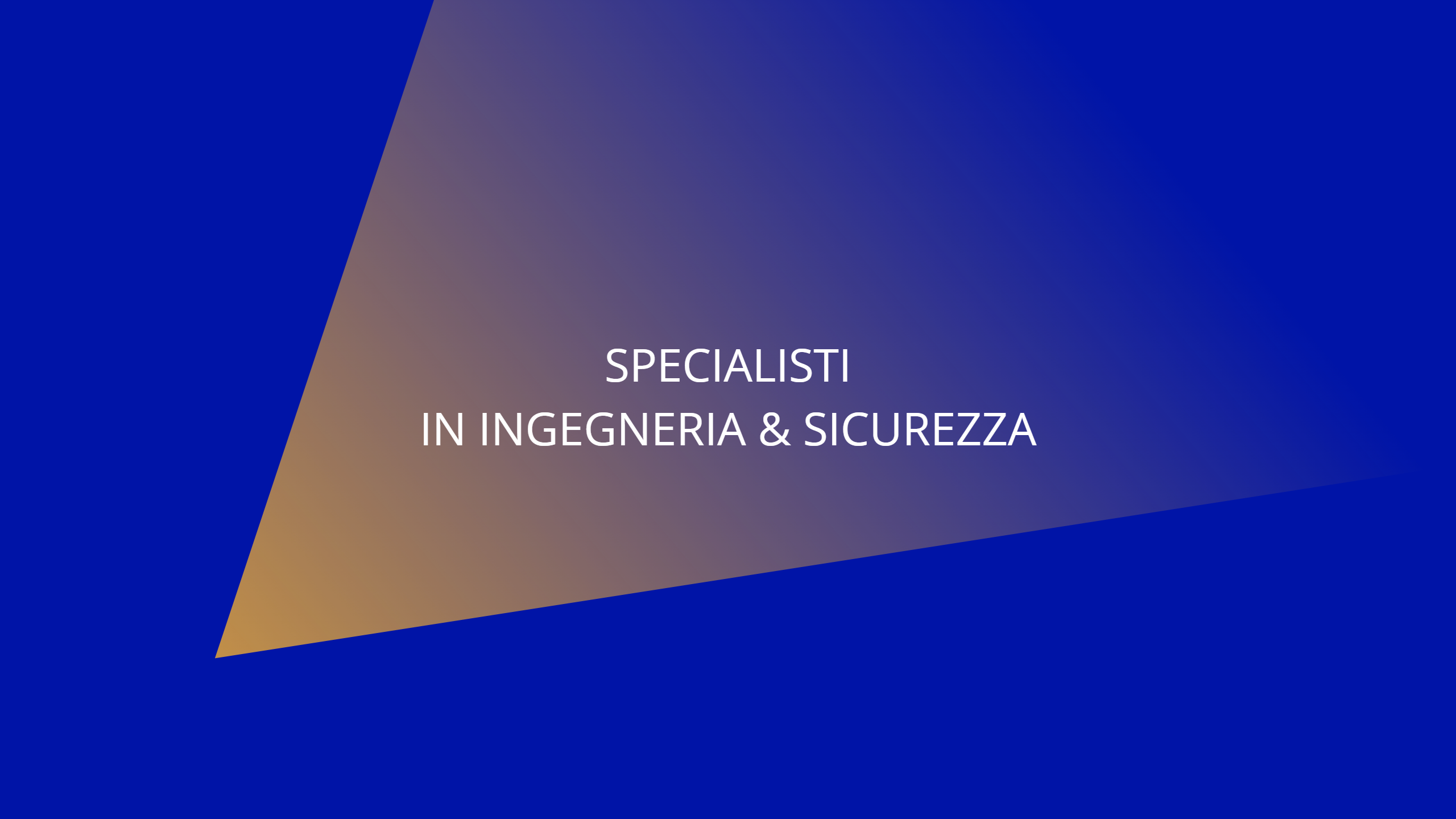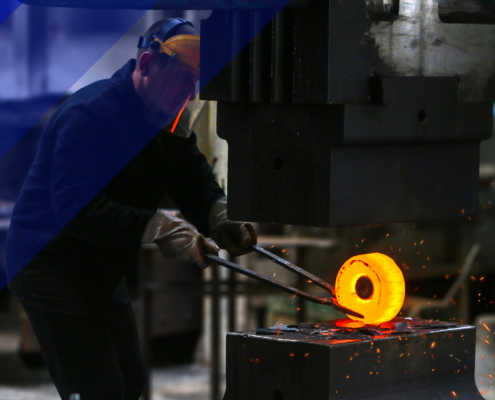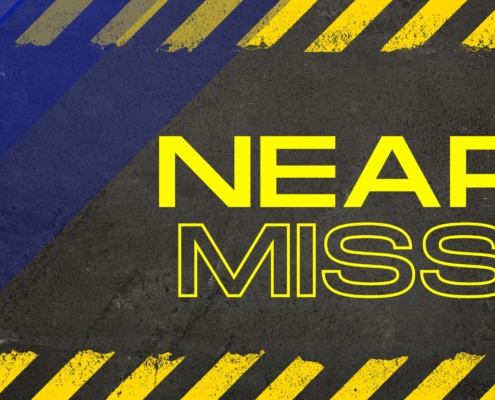 https://www.technoenergia.it/wp-content/uploads/2024/03/sicurezza-robot-industriali.png
1440
2560
admin
https://www.technoenergia.it/wp-content/uploads/2022/06/TechnoEnergia_Logo_0014A8-180x180.png
admin2024-03-25 05:27:002024-03-25 19:12:19La sicurezza dei robot industriali secondo EN ISO 102018
https://www.technoenergia.it/wp-content/uploads/2024/03/sicurezza-robot-industriali.png
1440
2560
admin
https://www.technoenergia.it/wp-content/uploads/2022/06/TechnoEnergia_Logo_0014A8-180x180.png
admin2024-03-25 05:27:002024-03-25 19:12:19La sicurezza dei robot industriali secondo EN ISO 102018
ultimi approfondimenti
 https://www.technoenergia.it/wp-content/uploads/2024/03/sicurezza-robot-industriali.png
1440
2560
admin
https://www.technoenergia.it/wp-content/uploads/2022/06/TechnoEnergia_Logo_0014A8-180x180.png
admin2024-03-25 05:27:002024-03-25 19:12:19La sicurezza dei robot industriali secondo EN ISO 102018
https://www.technoenergia.it/wp-content/uploads/2024/03/sicurezza-robot-industriali.png
1440
2560
admin
https://www.technoenergia.it/wp-content/uploads/2022/06/TechnoEnergia_Logo_0014A8-180x180.png
admin2024-03-25 05:27:002024-03-25 19:12:19La sicurezza dei robot industriali secondo EN ISO 102018
Smart DPI: la tecnologia nella sicurezza sul lavoro
Non solo DPI, ma anche smart DPI e IoT (Internet of Things):…

Scale portatili: gli infortuni più frequenti
Le scale portatili sono utilizzate frequentemente nei luoghi…

Hot work: rischio incendio e prevenzione nei lavori a caldo
Con hot work si intendono quelle attività ed operazioni che…

L’etichettatura ambientale degli imballaggi
Da poco più di un anno, dal 1 gennaio 2023, è entrato in vigore…

Il quasi incidente o near miss: identificazione e gestione
Il quasi incidente o near miss è un importante segnale d'allarme…
4285
Documenti di Valutazione dei Rischi
2805
Ore di Formazione
29
Anni di Esperienza
Via Settala, 84 - 20124 Milano
Scrivici
Techno Energia S.r.l. con socio unico
Via Settala, 84 – 20124 Milano
P.IVA e C.F. 06685350966
Capitale sociale € 10.000 i.v. Registro imprese di Milano REA n. MI-1907790
Tel. +39.02.91.76.80.60/61 info@technoenergia.net
